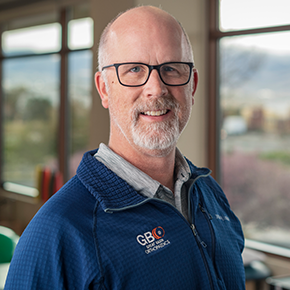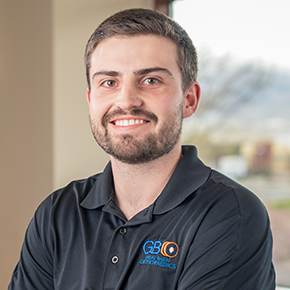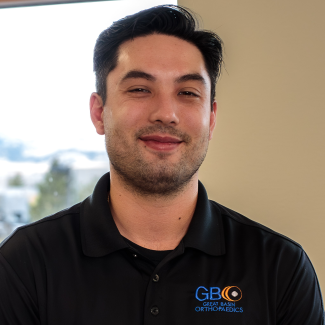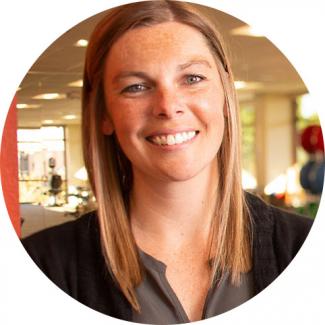Dynamic Feed
Always professional, courteous and compelling for me, the patient, to do exercises that enhance performance. I am challenged to exercise Amy's list of items so I can get better through each appointment. VG!
I can not thank Dr. Dickens enough!!!! He got my daughter in the following Monday after her injury and then surgery the next day!!! So great full and thankful for him! He did awesome job as well with the surgery! Hardly don't see the scar!
Dr. Dickens is a great surgeon he has done now over 4 surgeries after I was in a motorcycle accident when a car hit me. He has really been an advocate for me and for getting things taken care of. Plus his positive attitude and encouragement is second to none.
Why do I need physical therapy?
A physical therapy (PT) prescription from your orthopaedist will help you regain movement, restore function and alleviate pain. It is an integral part of orthopaedic rehabilitation. Your physical therapist will perform a comprehensive analysis of movement and dysfunction, identifying structural or soft tissue impairments and muscular imbalances or inefficiencies contributing to your presenting problem. PT can be prescribed before surgery, after surgery, or sometimes, in lieu of surgery. Check out our blog on why physical therapy matters.
What insurance types are accepted for Great Basin Orthopaedics PT?
Click for a complete list of insurance plans accepted at Great Basin Orthopaedics.
What physical therapy treatments are offered?
Your physical therapist will determine which treatments best meet your needs, but common therapies include: ultrasound, electrical stimulation, manual therapy (see below), cryotherapy (ice), heat therapy, mechanical traction, massage and dry needling. Your therapist may also prescribe specific exercise for you to do at home to support your healing process.
What is dry needling?
Dry needling is the use of acupuncture style needles to calm neurogenic inflammation and eliminate trigger points. This pain-free treatment option has been around for decades and has proven clinical success. The primary goal of dry needling is to desensitize supersensitive structures, to restore motion and function and to possibly induce a healing response to the tissue.
What is manual therapy?
Manual therapy techniques are skilled hand movements and skilled passive movements of joints and soft tissue that are intended to improve tissue extensibility; increase range of motion; induce relaxation; mobilize or manipulate soft tissue and joints; modulate pain; and reduce soft tissue swelling, inflammation, or restriction. Techniques may include manual lymphatic drainage, manual traction, massage, mobilization/manipulation, and passive range of motion.
These techniques may be used to decrease edema, pain, spasm, or swelling; enhance health, wellness, and fitness; enhance or maintain physical performance; increase the ability to move; or prevent or remediate impairment in body functions and structures, activity limitations, or participation restrictions to improve physical function.
Will physical therapy hurt?
Our goal is to increase your function and alleviate your pain. While your pain levels will fluctuate as you heal, the therapy is designed to move you toward less pain. There may be some temporary discomfort with your PT procedures, but you should not experience pain. Communicating with your therapist about what you are feeling during treatment will help minimize discomfort.
Does Great Basin Orthopaedics have a physical therapy clinic?
Yes, Great Basin Orthopaedics has an on-site physical therapy at two clinic locations: our main clinic at 9480 Double Diamond Pkwy and our new PT clinic at 5411 Kietze Lane.
What will a physical therapy specialist do to help me heal?
Physical therapy can be prescribed before surgery, after surgery, and/or sometimes, instead of surgery. In all cases, a physical therapist’s goal is to help you regain movement, restore function and alleviate pain. Your physical therapist will work with you regularly to restore normal function and help you get back to optimal quality of life.
What is the difference between physical therapy and occupational therapy?
Physical therapy, also known as PT, focuses on helping improve your movement, mobility, and function. Physical therapists specialize in therapy programs for musculoskeletal injuries and disorders, sports injuries, and postoperative rehabilitation using a variety of exercises, stretches, or other physical activities.
Occupational therapy, also known as OT, focuses on helping you perform daily tasks more easily. This type of therapy focuses on improving your fine and gross motor skills so you can carry out specific day-to-day activities. They specialize in the treatment of the upper extremity (hand, wrist, elbow, and shoulder) and work injuries. The services provided by occupational therapists include patient education, joint range of motion, adaptive techniques and splinting.
